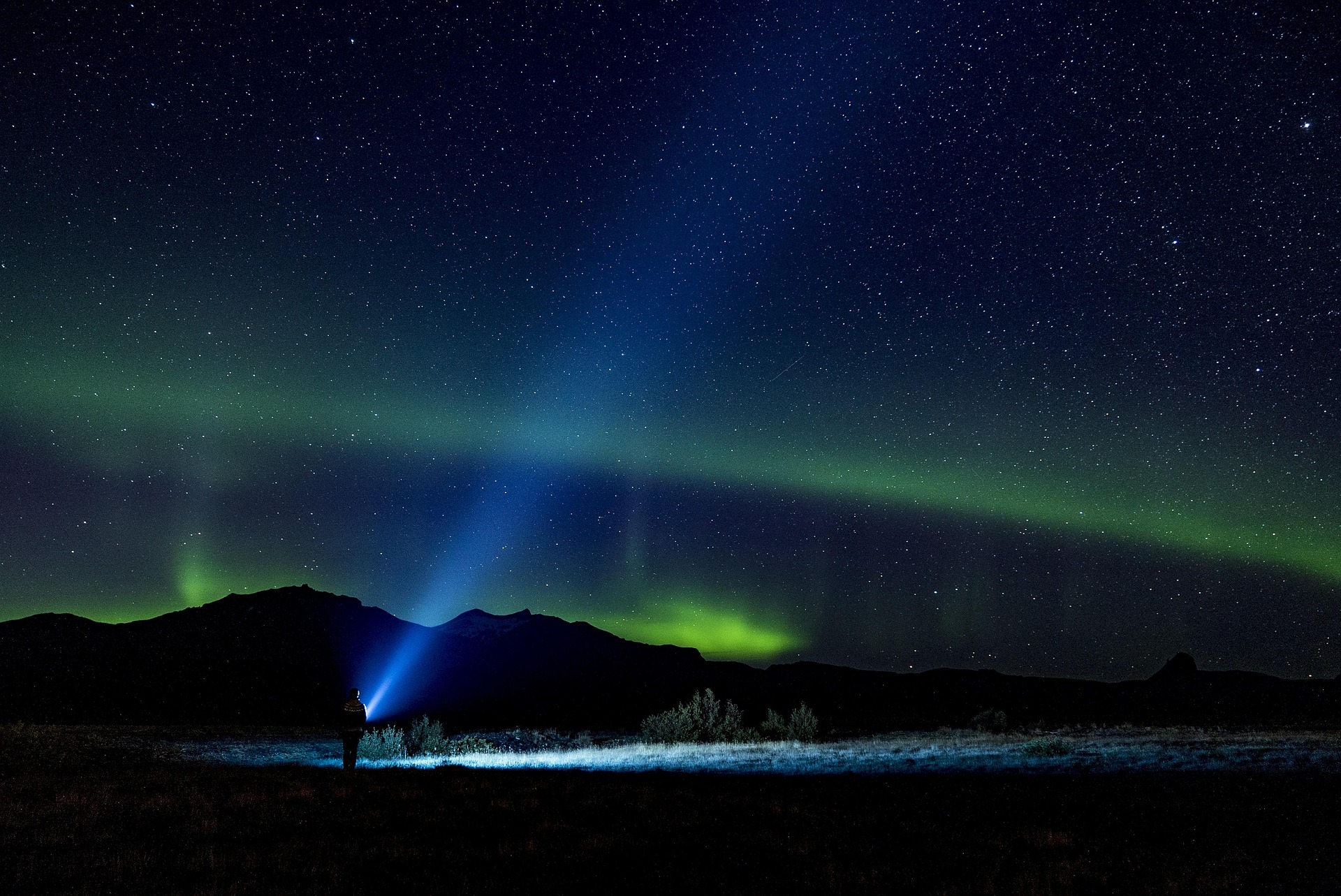
Is Cannabis Legal In Alaska?
Under Alaska’s medical cannabis laws, patients with certain qualifying medical conditions are allowed to use marijuana to alleviate their symptoms. Alaska was one of the first states to legalize the use of recreational marijuana in 2015. And. in 2019, became the first state to license businesses for on-site cannabis consumption.
Cannabis for Medical Use in Alaska
The state of Alaska has had a medical marijuana program in place since 1998, when voters approved a ballot measure allowing for the use of medical cannabis. Since then, the state has continued to expand and update its medical marijuana laws, providing patients with greater access to the drug.
Under Alaska’s medical cannabis laws, patients with certain qualifying medical conditions are allowed to use marijuana to alleviate their symptoms. These conditions include cancer, chronic pain, post-traumatic stress disorder, and epilepsy, among others. In order to be eligible for the state’s medical marijuana program, patients must obtain a written recommendation from a doctor and register with the state.
Once a patient is registered with the state, they are allowed to possess up to one ounce of marijuana for personal use. They may also grow up to six plants for personal use, or designate someone else to grow the plants for them. Patients are also allowed to possess and use marijuana-infused products, such as edibles and tinctures.
Qualifying Conditions
- cancer, glaucoma, positive status for human immunodeficiency virus, or acquired immune deficiency syndrome, or treatment for any of these conditions;
- any chronic or debilitating disease or treatment for such diseases, which produces, for a specific patient, one or more of the following, and for which, in the professional opinion of the patient’s physician, such condition or conditions reasonably may be alleviated by the medical use of the marijuana: cachexia; severe pain; severe nausea; seizures, including those that are characteristic of epilepsy; or persistent muscle spasms, including those that are characteristic or multiple sclerosis; or
- any other medical condition, or treatment for such condition, approved by the department
Recreational Use of Cannabis in Alaska
Cannabis laws in Alaska have undergone significant changes in recent years. The state legalized the use of recreational marijuana in 2015, making it one of the first states in the country to do so. This legalization has brought about a number of changes to the state’s cannabis laws, including the creation of a legal framework for the production and sale of marijuana.
Under Alaska’s cannabis laws, individuals over the age of 21 are allowed to possess up to one ounce of marijuana and grow up to six plants for personal use. However, it is still illegal to use marijuana in public, and driving under the influence of marijuana is also prohibited.
In addition to these personal use laws, Alaska has also established a system for the commercial production and sale of marijuana. Licensed marijuana businesses are allowed to grow, process, and sell marijuana to individuals over the age of 21. These businesses are subject to strict regulations, including rules governing the labeling and packaging of marijuana products.
Overall, the legalization of marijuana in Alaska has brought about significant changes to the state’s cannabis laws. While individuals are now allowed to use and grow marijuana for personal use, there are still strict regulations in place governing the commercial production and sale of the drug.
Where Can I Get Cannabis in Alaska?
While it was medically legal in 1998, patients had no way to legally purchase cannabis, until 2014 when cannabis was legalized for adult use. Now, Alaska boasts the highest number of retail cannabis shops per capita in the country!
In addition to having plenty of retail options, Alaskan residents, 21 and older, can now grow up to six plants at home and purchase up to one ounce of flower or seven grams of concentrate.
In 2019, Alaska became the first state to license businesses for on-site cannabis consumption.